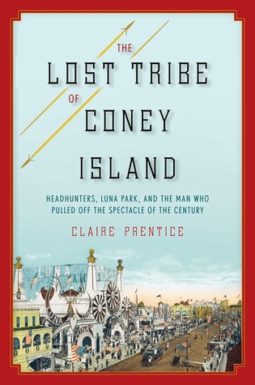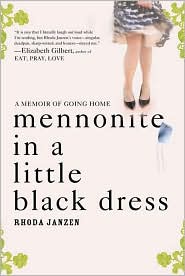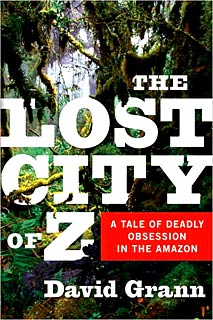This review contains affiliate links, which earn me a small commission when you click and purchase, at no extra cost to you. Thank you for supporting my small business and allowing me to continue providing you a reliable resource for clean book ratings.
Most of us likely know of shows that exhibited human beings who were considered “freaks” — people who were very tall or very short, conjoined twins, etc. But it’s likely few have heard about the Filipino tribes who were exhibited at the St. Louis Exposition in 1904 or Coney Island in 1905 and other spots around the country. Thanks to “American imperialism” and the “popular taste for sensationalism,” several groups of Filipinos from the northern part of the country, a tribe called the Igorrotes, were brought to the United States and encouraged to set up versions of their native villages at various expos and parks. They built structures and farmed, made crafts (to sell as souvenirs, of course), and put on shows. Essentially, they lived their lives in front of spectators all day long. Their habits of eating dog (on special occasions) and taking the heads of people from other tribes (on occasion), which were then commemorated with tattoos on the chests of the men who successfully brought back heads, combined with their near-nudity and dark skins, were too juicy for the American public to resist.
One group that is the focus of this book was brought to the United States by Truman Hunt, a medical doctor who became a lieutenant governor in the Bontoc Province of the Philippines while the U.S. held the country as a territory. He learned the language and culture of the natives, and since he knew of the popularity of the Igorrotes at the St. Louis Expo he was eager to tap into Americans’ curiosity — and money. Hunt collected 51 willing people from their homes who were just as eager to make good money by traveling across the world for a year and seeing a new place.
Unfortunately, Hunt’s promises to the trusting and honest Igorrotes weren’t kept, and they were forced to stay in the U.S. far beyond a year, without receiving the money they were owed, and conditions of their stay became worse and worse over time.
Claire Prentice pieces together their story. It’s quite simply astonishing. Hunt was a skilled showman and publicist, able to make the most of the novelty of the Igorrotes as he showed them off to crowds of Americans. He earned thousands of dollars off them but squandered it on high living. He never paid them what he had promised they would earn from their venture in America, and they were held as virtual slaves. The U.S. government eventually got wind of what was happening and tried to intervene, but Hunt was skilled at throwing off government representatives for a long while.
Prentice notes that this story is one of “savages” who were noted for their overall kindness, decency and honesty, and a “civilized” man who was lauded as a hero but became a villain. It’s fascinating. The reader can’t help but root for the Igorrotes, who want to make a good living and maybe see a bit of the world outside their small village and who are taken advantage of so shamefully, and hope that Hunt will get his comeuppance.
Rated: Mild. There is hardly any offensive language. There is little in the way of violence or sexual references. There are just observations about the near-nakedness of the Igorrotes (the men only wear thick G-strings) and references to bigamy by one person in the book. The most disturbing element is the increasingly bad treatment of the Igorrotes.
Click here to purchase your copy of The Lost Tribe of Coney Island on Amazon.




